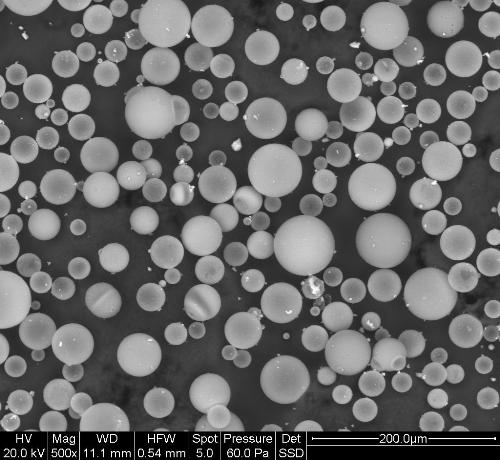In a study that appeared in the Applied Catalysis B: Environmental magazine, TECNALIA researchers have discussed the release of nanomaterials due to water flow on surfaces comprising nanomaterials.
 This image shows ti spheres
This image shows ti spheres
Since this type of surface treatment is used in various construction and consumption products, there are chances of releasing engineered nanomaterials into the environment. More studies need to be conducted to address the raising concern over the toxicity of nanomaterials on both environment and human.
The findings signify the loss of properties and nanomaterials experienced by the surface treatments explored in this study. For this purpose, TECNALIA has launched a highly specialized technological service that is adaptable to the requirements of any firm involved in surface treatment with nanomaterials who wants to improve its product development by gaining insights into the characteristics of its products under actual operational environment and/or assess the functionality loss and nanomaterial released into the environment.
The study titled ‘Aging of photocatalytic coatings under a water flow: Long run performance and TiO2 nanoparticles release’ highlights photocatalytic surface treatments using titanium dioxide nanoparticles, one of the successful nanomaterial applications. Under the illumination of ultraviolet light, these nanoparticles can degrade organic materials present, including pollutants in air and water.
With this property and the hydrophobicity provided by the surface treatments to the surfaces, the nanomaterials are widely used in particular paints, decontaminant pavements and in experimental-stage air and water treatment systems.